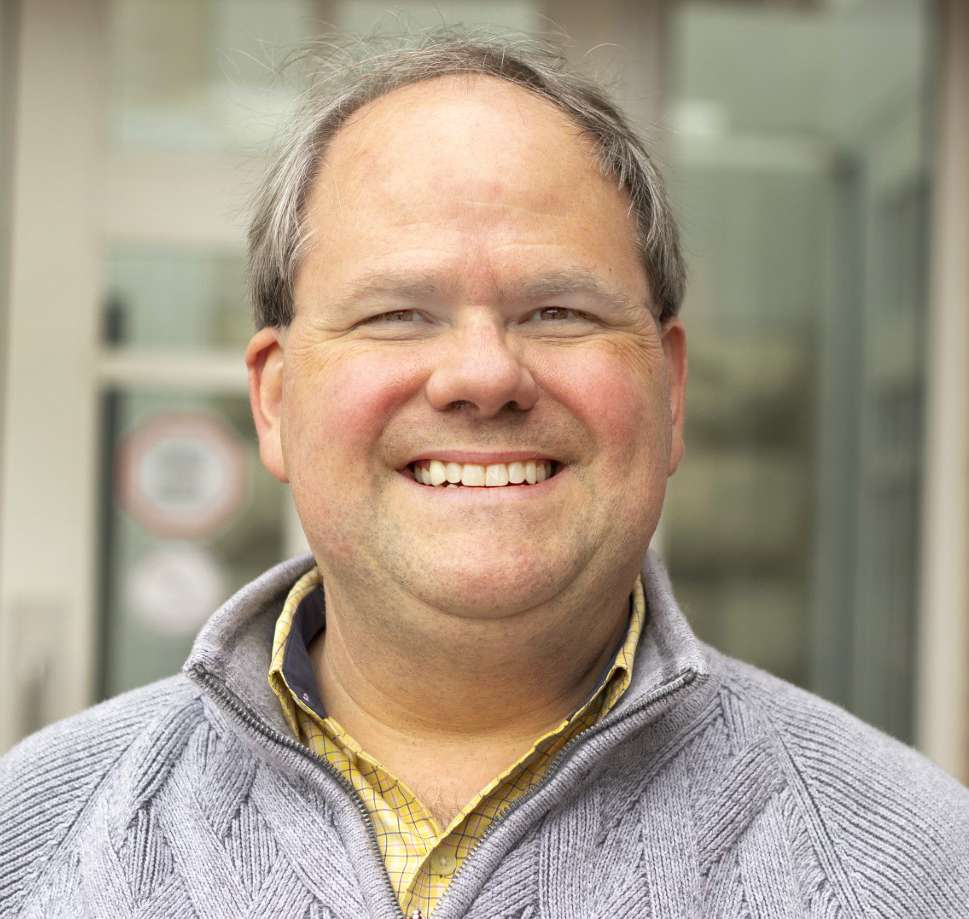
By MICHAEL SMITH
Insight Kansas
After decades of decline, fatal traffic crashes increased during the COVID-19 pandemic. Today’s traffic deaths are falling harder and harder on bicyclists and pedestrians. In Kansas, pedestrian deaths increased 261%, from 18 in 2019 to 47 in 2021, according to the National Governors’ Association. Nationally, those numbers increased 77% during the same time period, from 6272 to 7274. The 2020 infrastructure bill passed by the Kansas Legislature includes safety along with economic growth as priorities, and U.S. Rep. Sharice Davis recently announced a $1.28 million grant coming to the state’s Third District to improve roadway safety.
This differs remarkably from previous crackdowns on auto safety. U.S. traffic fatalities hit a high in 1972 and began dropping. Just before that, a host of federal laws had mandated safety features including seatbelts, high backed seats, and collapsible steering columns. Also, consumer safety advocate Ralph Nader and his team of lawyers targeted auto companies marketing cars with known safety flaws, including the Chevrolet Corvair and Ford Pinto.
In the 1980s, the focus shifted to drivers. Candace Lightner founded Mothers Against Drunk Driving (MADD) in 1980, after her daughter was killed by a repeat drunk driver. MADD and its allies successfully advocated a host of federal and state laws targeting this behavior, and they are still at it today. The 80s also saw seatbelt laws and changing social norms regarding buckling up– earlier, seatbelts were required, but few drivers or passengers used them.
Cars have also continued getting safer for the occupants, with energy-absorbing materials and crumple zones becoming universal. Yet these features do nothing to protect those outside the car– pedestrians, bicyclists, and motorcyclists. They may even make drivers become overconfident, more likely to speed and drive inattentively, and more dangerous to those outside the car.
A host of new safety ideas have been circulated, including renewed crackdowns on DUIs and reckless driving, both of which increased during the COVID-19 pandemic. Alongside these proposals, today’s safety advocates propose a host of changes to make roads themselves safer. All of us who truly enjoy driving should warmly welcome these ideas.
Today’s pedestrian-unfriendly roadways consist largely of suburban streets that have been turned into straight, flat speedways where drivers race along at speeds approaching those on the freeway, often distracted by their phones. This mix of high speeds, heavier vehicles, and distracted driving terrorizes pedestrians and bicyclists. Proposed ideas include shorter blocks, pedestrian refuge areas, increased use of traffic circles, narrower roads, dedicated bicycle lanes, and chicanes– those s-shaped curves also used on racetracks. Money from the bipartisan 2021 Infrastructure and Jobs Act is available to help fund these improvements.
I have appreciated cars and driving since childhood. My grandfather ran one of those old-fashioned gas stations in downtown Lawrence–the ones where you could get your car fixed. I grew up hearing car stories, reading car magazines, and attending car races with my dad. Every chance I get, I still exit the interstate and seek out the back roads– a “blue highway” driver.
Mindlessly, distractedly operating a vehicle on a flat, straight, suburban superspeedway is the antithesis of real driving. Real drivers open our windows, sunroofs, and convertible tops on nice days and shift our own gears. We speed up, slow down, and negotiate curves, all the while staying connected to our surroundings.
For the true driving enthusiast, better roadways cannot come fast enough. No more mindless driving– we need roads that keep us wide awake and firmly connected to our car, road, and surroundings. No matter what you drive, better roads can help us do that. Let’s get to work.





